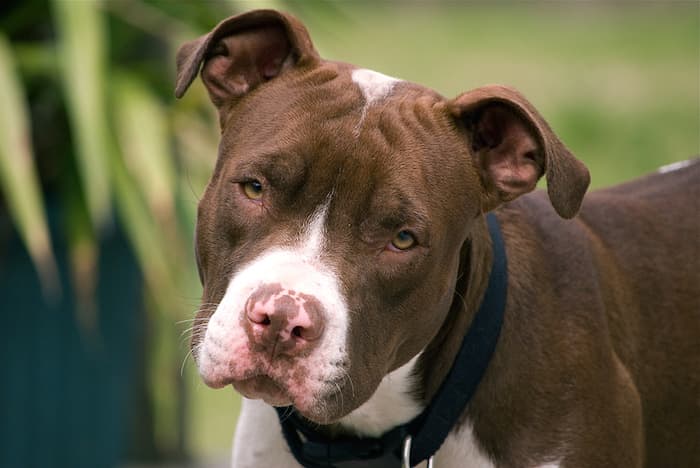Shock collars are not designed to hurt dogs. Overusing them or using them as punishment tools may lead to the harm we all dread. That could manifest in physical or mental drawbacks such as charring or burning the skin where the prongs are attached, aggression or anxiety. Normal collars can’t be used for small and sensitive dogs so if you own a dog with sensitive skin, I always recommend using the safest training collars.
You want to save your pooch from all that. Here are some of the ways to do so.
Tip: Before applying the collar to your dog, make sure you understand their shock levels. Low level is suitable for small and sensitive dogs, while high level is suitable for big or stubborn dogs.

7 Ways To Use Shock Collars Without Hurting The Dog
It all boils down to how you use the collars in case you want to keep them from harm’s way.
1. Use Them For 4 Hours Only
You want to stop using the training collars for long periods for obvious reasons. The stimulations you deliver do leave an effect on the skin when done over an extended period. Be it vibrations or static shocks; the skin’s going to take some toll where the prongs are attached.
Therefore, use the collar only for 4 hours. That’s how long your training sessions should be.
2. Apply Bearable Shocks
A dog has a limited capacity to bear shocks. Beyond a certain level, it may start showing signs of distress, such as jumping or running to and fro. You are supposed to select the level before it shows these signs. That’s as comfortable as the stimulation could become for your pet.
Delivering high-level shocks that the dog cannot bear will only cause physical and mental harm. I have seen dogs go berserk and even aggressive after sessions with high-intensity shocks beyond their bearing capacity.
3. Remove It Before Sleep
I get the question of whether you should leave a shock collar overnight. My answer is always the same: You shouldn’t. Even if you aren’t stimulating the dog at night, leaving the collar 24/7 will let the prongs gradually dig into the dog’s skin.
Besides, a dog mostly does not need corrections at night.
4. Change Its Positions
Besides using the training collars for only 4 hours, it’s best to change the prongs’ position every 2 hours. Doing that saves a particular area of your pet’s skin from being targeted daily. Conversely, the skin beneath the prongs will have time to recover from the pressure when you change the collar’s position.
5. Let Adults Use The Remote
A shock collar’s remote acts as the transmitter and the collar as the receiver. No matter who presses the buttons, therefore, the dog will always be on the receiving end of stimulations. You can’t let kids take over the remote and consider it a toy. The poor dog will bear the brunt of what they consider a play.
So, let adults use the remote only. If your kids still find their hands on the remote, invest in one with a key-lock mechanism.
6. Buy Collars With Key-lock Remotes
Key-lock remotes are not only good for keeping your kids from shocking the dog unnecessarily or as fun but also for stopping accidental shocks from you during training sessions. This often happens when you’re walking the dog in a park or taking him on a hunt somewhere in the woods. The shock buttons may get pressed in your pocket without your knowledge, sending the dog into a frenzy.
Besides that, accidental shocks could ruin the whole session for you. Dogs are simple beings, and they can get confused over multiple shocks at the wrong times. It ultimately leads to ruining their overall behavior. You may find your pet aggressive afterward as its trust gets eroded.
7. Listen To Your Dog
When you’re doing everything by the book, but the dog still shows signs of distress, listen to it. Ignoring its pleas because you think you’re not doing anything wrong is wrong in itself. Therefore, you should discontinue using it when your pet whines after you put the collar on them or show clear signs of distress. See what’s causing all that. The possible reasons could be:
- The shock levels are too strong for the pet, even at the lowest levels.
- The collar is heavy, and it’s bruising its neck.
- You may have put it alongside other collars, leading to a tight hold around its neck.
- You may have yet to familiarize the dog with the new collar around its neck.
- The prongs may be too long and dig into the skin uncomfortably after you’ve tightened the collar.
- Also, check how tight the collar is.

Do Shock Collars Hurt Dogs? Conclusion
Shock or training collars, also called e-collars, are meant to be tools for enforcing the training methods on a dog. They have three basic stimulation methods that help the dog recall well. They act as a bridge, you see. So, use them wisely, and you’ll have an obedient dog in weeks.
